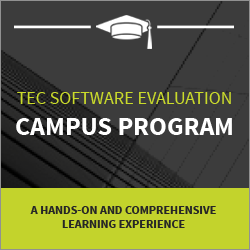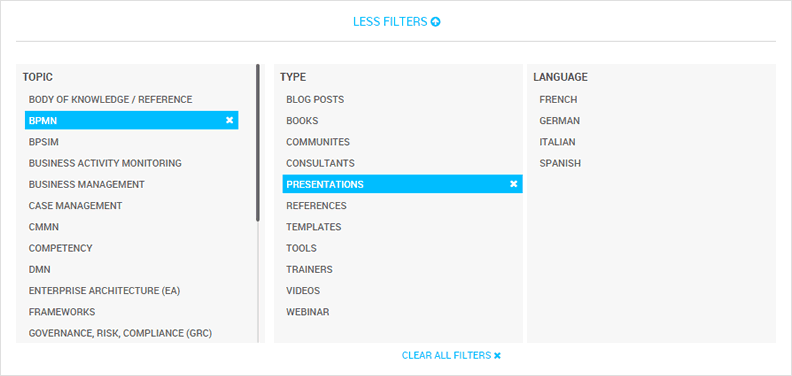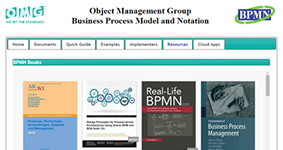Evolving Knowledge Management Products and Programs
We see one thing all too often in the world of knowledge management (KM). Many services organizations aspiring to KM excellence do not put enough focus and effort around the specific capabilities and relationships KM needs to evolve.
A clear understanding of the actual audiences and outcomes of KM can drive effective behavior, and help to synchronize the organization toward achieving fast, efficient, effective service delivery through KM.
Because knowledge management spans so many areas of information development, technology, and business process, it can be easy to focus on contributing parts of the organization. Product and marketing organizations have their own perspective on content that’s focused on creating and updating complete, compliant and accurate product information.
Technology groups by nature must think about tools as they fit and relate to the whole IT footprint of an organization. Support organizations focus on services processes and measures.
Knowledge management, as a business practice, seeks to leverage these groups as a virtual team toward one focused end: delivering the best information, in the context of need, at each moment and touch point.
Given this objective, each group must evolve shared responsibilities for KM outcomes, such as:
- Delivering intuitive, quick, accurate knowledge on each channel
Consideration: Focusing tool development toward presenting and processing as rich a customer context as possible given what is known on each channel, for each services interaction
- Developing content formats that are easily consumable by agents and customers
Consideration: Developing and publishing standard content models, and getting buy-in from all stakeholders to use, evolve and support these formats
- Driving strong adoption of KM tools and content as the source of truth in the contact center
Consideration: Assuring that support agents are educated, empowered and motivated to use—and improve—knowledge base resources
- Keeping knowledge delivery in strong synch with customer and agent needs as products and questions evolve
Consideration: Evolving clear, actionable metrics about the value of knowledge usage that identify gaps, opportunities and issues with users, tools or content
So, how do these types of considerations impact KM program development?
To make KM deliver maximum value, each constituent in the business must render part of its perspective and control toward the powerful goal of a great customer service experience.
Remember: It is not enough to establish roles and governance, if those activities just result in a re-organization of people’s existing silos of behavior.
For each of the considerations just mentioned, a mature KM program would exhibit the following behaviors and investments:
Tools
The organization commits to evolving and maintaining a robust, multi-faceted context model that represents all relevant dimensions of customer interaction, and activates and focuses knowledge base results.
Content Formats
All relevant content creation groups in the organization commit to providing information to enable the focused, task-friendly views of information required in services interactions—and to providing regular information updates.
Agent Adoption and Effectiveness
Support organizations focus on agent KM coaching and recognition, not just training.
Metrics
Business Intelligence expertise is resourced toward consistent analysis and reporting of KM KPIs in formats that key services stakeholders can understand and take action on.
Ideally it is starting to become clear how different stakeholders can commit to KM excellence as a virtual team. These commitments empower the entire organization to realize the full potential benefits of good knowledge development and delivery.
As my tagline says: “Knowledge management is a lifestyle, not a project“!
The post Evolving Knowledge Management Products and Programs appeared first on Customer Experience Management Blog.
Leave a Comment
You must be logged in to post a comment.







